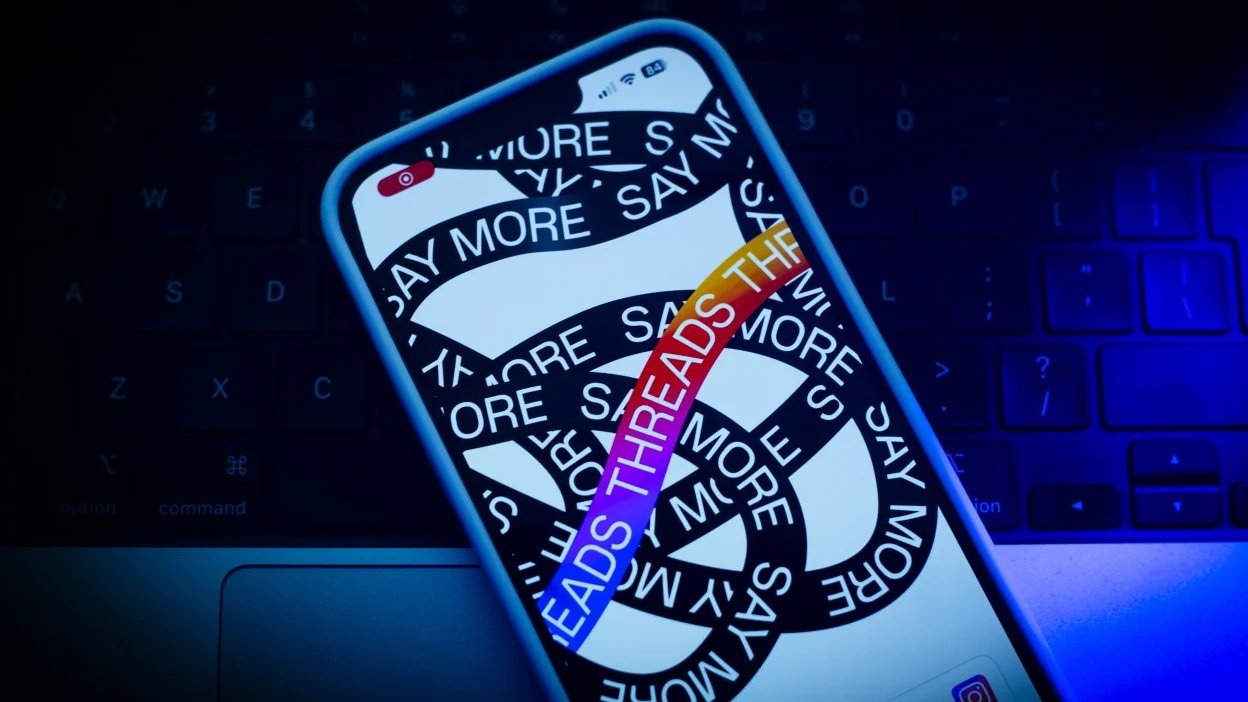A mobile phone with one iteration of the logo for the new social media app Threads.
As a disability advocate and a person with disabilities, I am disheartened to witness the launch of Meta's new social media platform, Threads, without the inclusion of basic accessibility features. This is especially disappointing as we celebrate Disability Pride Month.
Threads, which is being touted as a competitor to Twitter, seems to have missed the mark when it comes to accommodating users with disabilities. Chase DiBenedetto of Mashable writes, "in a strange step back for the tech giant, the hours-old platform...doesn't seem to accommodate those with disabilities well, offering few accessibility tools, customization options, or site policies on its accessibility features at large."
In 2023, launching a new product is not an excuse to ignore disability and treat those with accessibility needs as an afterthought. Threads is competing with a platform whose crumbling infrastructure is due in part to that same mindset following a takeover by Elon Musk.
As someone with a visual impairment, I rely heavily on assistive technology and accessibility tools to navigate the web. The lack of accessibility features in Threads is not just an oversight; it's a barrier that prevents individuals like me from participating in online conversations and communities. It's a far cry from Mark Zuckerberg's claim that the platform will "focus on kindness." You can't do that through exclusion.
Accessibility is not an afterthought; it is a fundamental aspect of design and development. The principle of Universal Design promotes environments and tools that prioritize use by all people without the need for specialized accommodations. Allon Mason CEO and founder of web accessibility company UserWay.org, rightly points out, "Digital platforms have a responsibility to be inclusive, and it is essential that accessibility is at the forefront of their design considerations."
Threads' lack of accessibility features is a stark reminder of the ongoing struggle for digital inclusion. It is imperative for social media platforms to recognize and address the diverse needs of all users, including those with disabilities.
As a community, we must hold these platforms accountable and advocate for the integration of accessibility features. It is not just about compliance; it is about creating an inclusive digital space where everyone, regardless of their abilities, can communicate, connect, and contribute.
I urge Meta to take immediate steps to address the accessibility gaps in Threads and to engage with the disability community in the development and implementation of these features. Let's work together to ensure that social media is inclusive and accessible to all.
Threads gets a failing grade from advocates on accessible design










